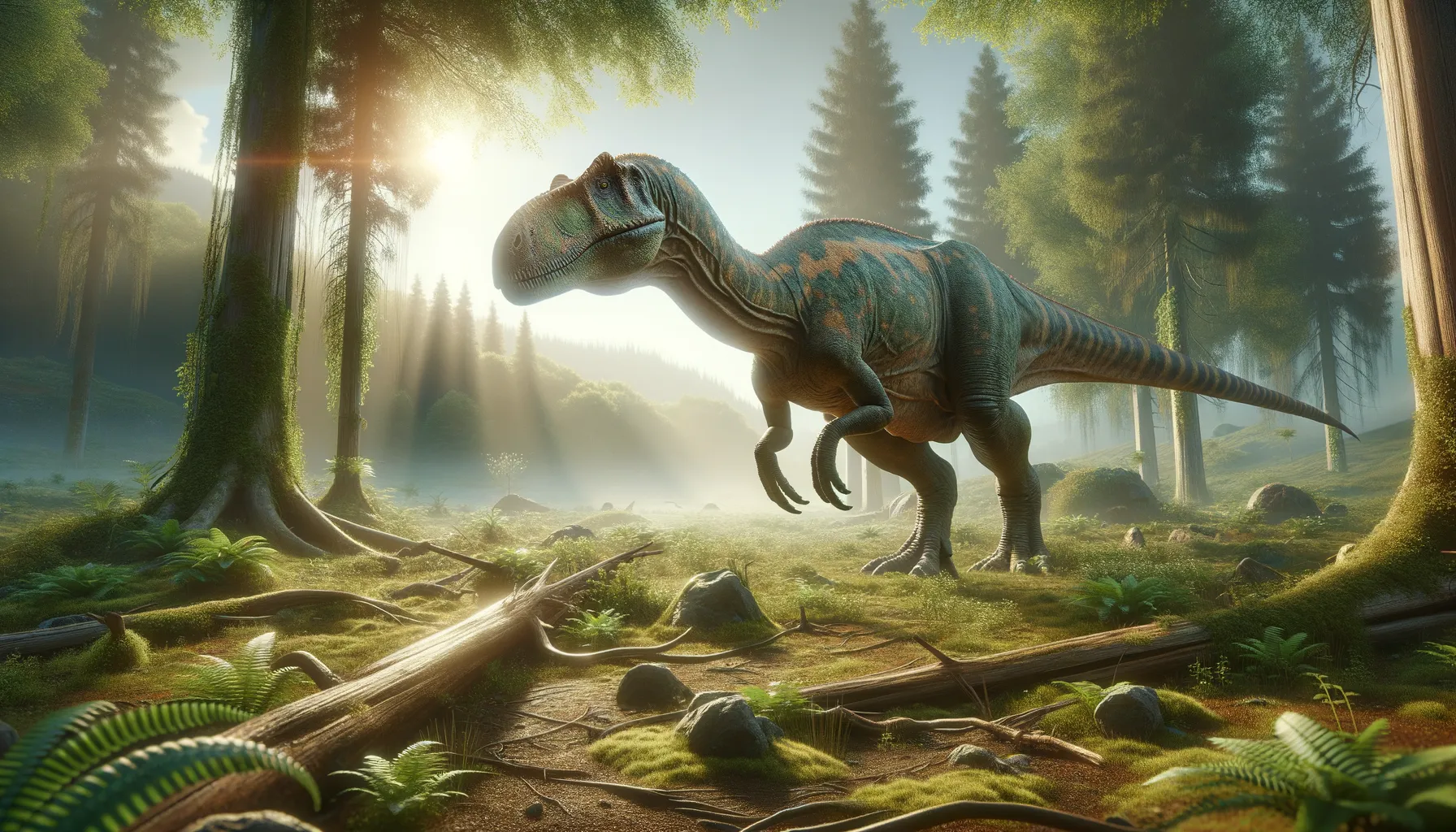
Sellosaurus
The gentle giant of the Triassic dawn.
Period
Triassic
Length
Roughly 10 meters long.
Height
About 3 meters tall.
Weight
Approximately 1.5 tons.
Sellosaurus was an early herbivorous dinosaur from the Triassic period. Known for its moderate size, it walked on all fours and featured a long neck to help it reach vegetation. This dinosaur lived in what is now Europe, wandering through lush prehistoric forest landscapes. Its discovery helped scientists understand the transition of life forms leading up to the Jurassic era, showing evolutionary links between early dinosaurs and more advanced sauropods.
Diet
Sellosaurus primarily fed on plants. Its long neck and sturdy legs made it well-adapted to grazing on a range of vegetation. This herbivore would have consumed large amounts of foliage daily.
Hunting
As a herbivore, Sellosaurus did not hunt. It likely relied on passive browsing to satiate its hunger. Its main concern would have been to avoid becoming prey for early carnivorous dinosaurs.
Environmental challenges
Sellosaurus encountered various environmental challenges, such as fluctuating climates and habitat changes. The transition from wet to drier conditions may have required adaptability in diet. Potential predators also posed a threat, necessitating vigilance and possibly social behaviors for defense.
Speed
Moderate, similar to modern elephants.
Lifespan
Likely to live up to 30 years.
First discovery
First discovered in Germany in 1908.
Fun Facts
- Sellosaurus was a plant-eating dinosaur that lived during the Triassic period, about 210 million years ago.
- This dinosaur was part of a group known as sauropodomorphs, which were early relatives of the giant long-necked dinosaurs.
- Sellosaurus had long legs and a relatively small head, allowing it to move swiftly through its environment.
- It likely walked on both two and four legs, using its forelimbs to help it gather food from the ground.
- Fossils of Sellosaurus have been found in what is now Germany, giving scientists a glimpse into Europe's prehistoric past.
- Despite its reptilian appearance, studies suggest Sellosaurus might have had warm-blooded characteristics.
- Sellosaurus is considered one of the earliest examples of dinosaurs that gave rise to the massive sauropods.
Growth and Development
Sellosaurus likely hatched from eggs and underwent significant growth during its early years. Juveniles would have been smaller and more vulnerable than adults. As they matured, their body structure evolved to support their substantial size and herbivorous lifestyle.
Habitat
Sellosaurus lived in forested areas with abundant plant life. These regions provided ample food resources and necessary cover from predators. The terrain was variable, with potential challenges such as rivers and rocky outcrops shaping its living environment.
Interaction with other species
Sellosaurus may have interacted with a variety of other species in its ecosystem. It likely coexisted alongside other herbivorous dinosaurs and early mammals. With predators present, Sellosaurus might have formed groups for added protection or relied on its size to deter threats.
Natural lifespan
Sellosaurus likely had a natural lifespan of up to 30 years.
Reproduction
Sellosaurus reproduced by laying eggs, like most dinosaurs. Clutches of eggs were likely buried or hidden to protect them from scavengers. The hatchlings would have grown rapidly to reach a size that offered more protection against predators.
Social behaviour
Sellosaurus might have exhibited social behavior, possibly forming herds or small groups. Such gatherings would provide safety in numbers against predators. Interaction within these groups could also aid in finding food and breeding opportunities.
Fossil locations
Sellosaurus fossils have been primarily discovered in Germany. These fossil sites have provided crucial insights into the early evolution of sauropodomorph dinosaurs. Ongoing excavations continue to uncover new information about this intriguing species.
